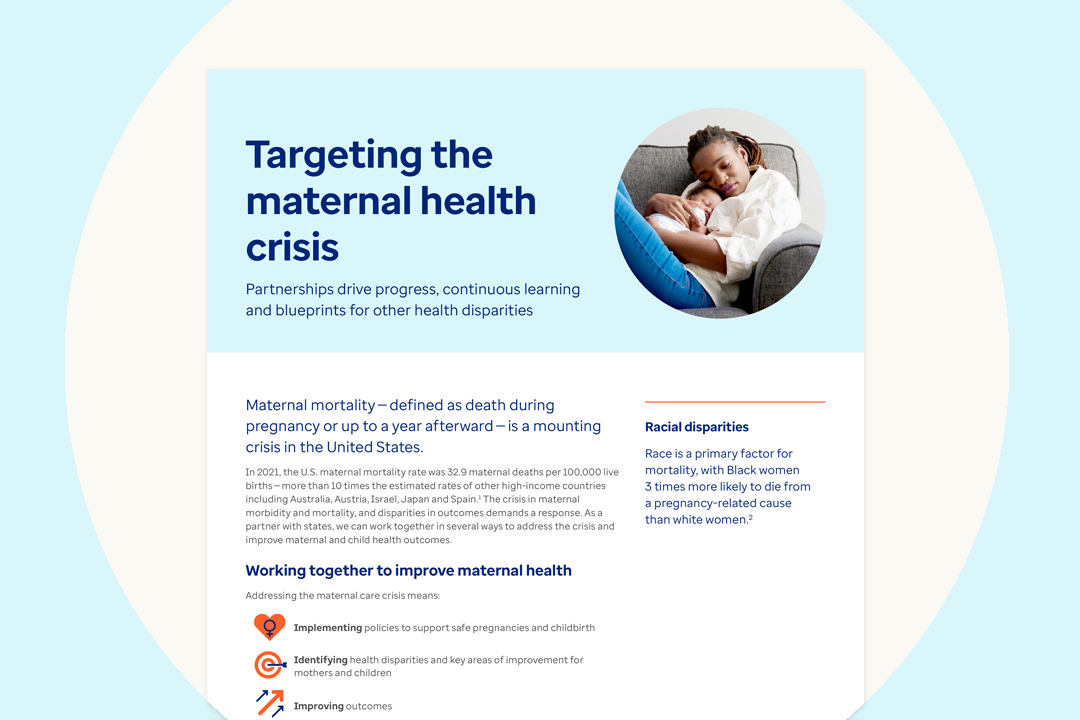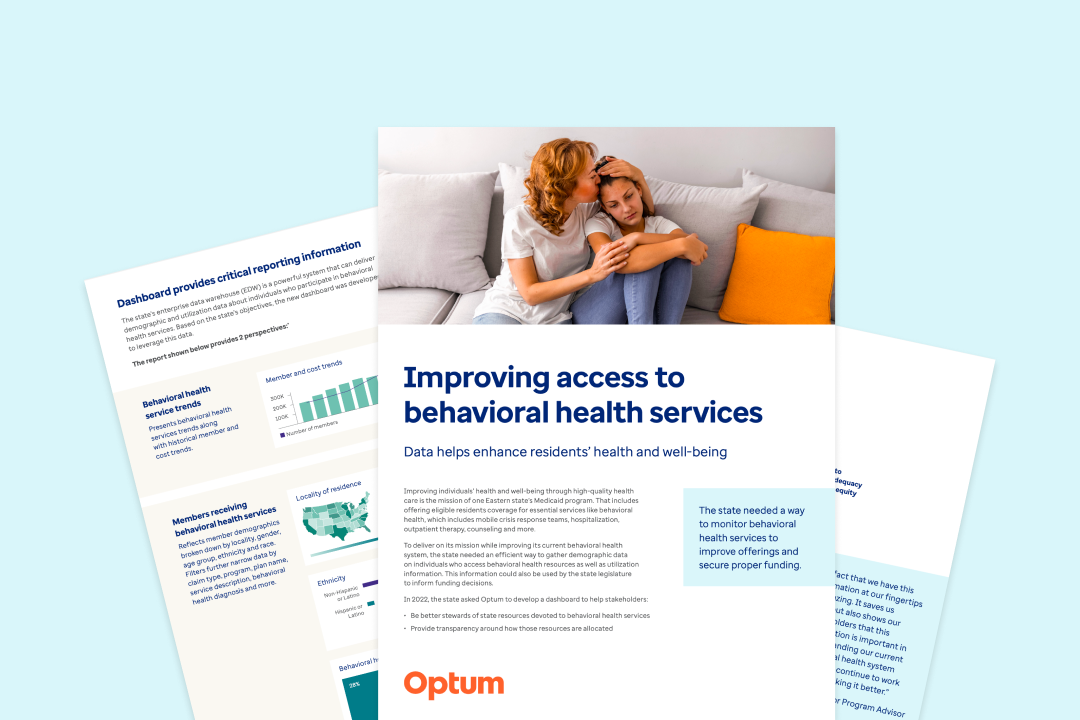Streamline Medicaid provider management
If you work for a state Medicaid agency, you know there’s great pressure to address aging systems and provide a modern experience to stakeholders. And for many states, the solution lies in modularity.
Why? Because modularity is a good way to incrementally modernize without disrupting the entire system.

How does modularity apply to provider management?
A recent episode of GovTech.com's "In Case You Missed It" (ICYMI) series provides some answers. John Campbell is the senior product manager for provider solutions at Optum State Government Solutions. Stacia Nowinski-Castro is a former solutions architect* for Optum State Government Solutions. They discuss what to consider when taking a modular approach to provider management.
The interview explores the impact of the pandemic, the National Association of State Procurement Officials (NASPO) and the cloud on procurement strategies. It goes on to identify best practices for creating a module that delivers what state Medicaid agencies are striving for: a better experience for providers, members and the state.
The discussion offers 9 key takeaways for creating the modern provider experience you’re envisioning:
- Preparation is essential to a successful implementation. Think about which modules to develop first and have basic components in place first. The system integration layer is often a good place to start.
- Gather feedback from providers, understand their pain points and build the module in response to what you learn.
- Use human-centered design so the solution is intuitive to how humans think and work.
- Take advantage of the cloud to scale up and down as demand dictates. Consider how to rearchitect your current operating environment to make the migration efficient.
- Focus on security to eliminate potential threats presented by migrating to the cloud.
- Consider the interoperability that will need to take place among multiple vendors and partners as more and more modules make up the Medicaid enterprise.
- Partner with vendors in a way that is transparent, being honest about your vision, goals and concerns. And ask for their feedback throughout the partnership.
- Get subject matter expert buy-in early and often to ensure the project’s success.
- Test, test, test to identify any system shortcomings.
*former

About John Campbell
BA in political science and MA in business administration, University of Utah
Senior Product Manager, Provider Solutions
Optum State Government Solutions
John Campbell is a technologist with more than 25 years of experience working with health care data and large, complex, interdependent data sets. He is an IT director within the Health and Human Services programs at Optum, providing domain expertise and policy guidance. His focus is on Medicaid systems design, strategic modernization and low-impact implementation.
Related healthcare insights
Video
How can states and providers use modularity to modernize? Dustin Haisler at GovTech.com interviews Optum product leaders for insights.
Article
Learn how leaders, communities and institutions can work with Optum to promote safe pregnancies and childbirth.
Case study
See how Optum helped one state visualize utilization and demographic data around behavioral health programs.



